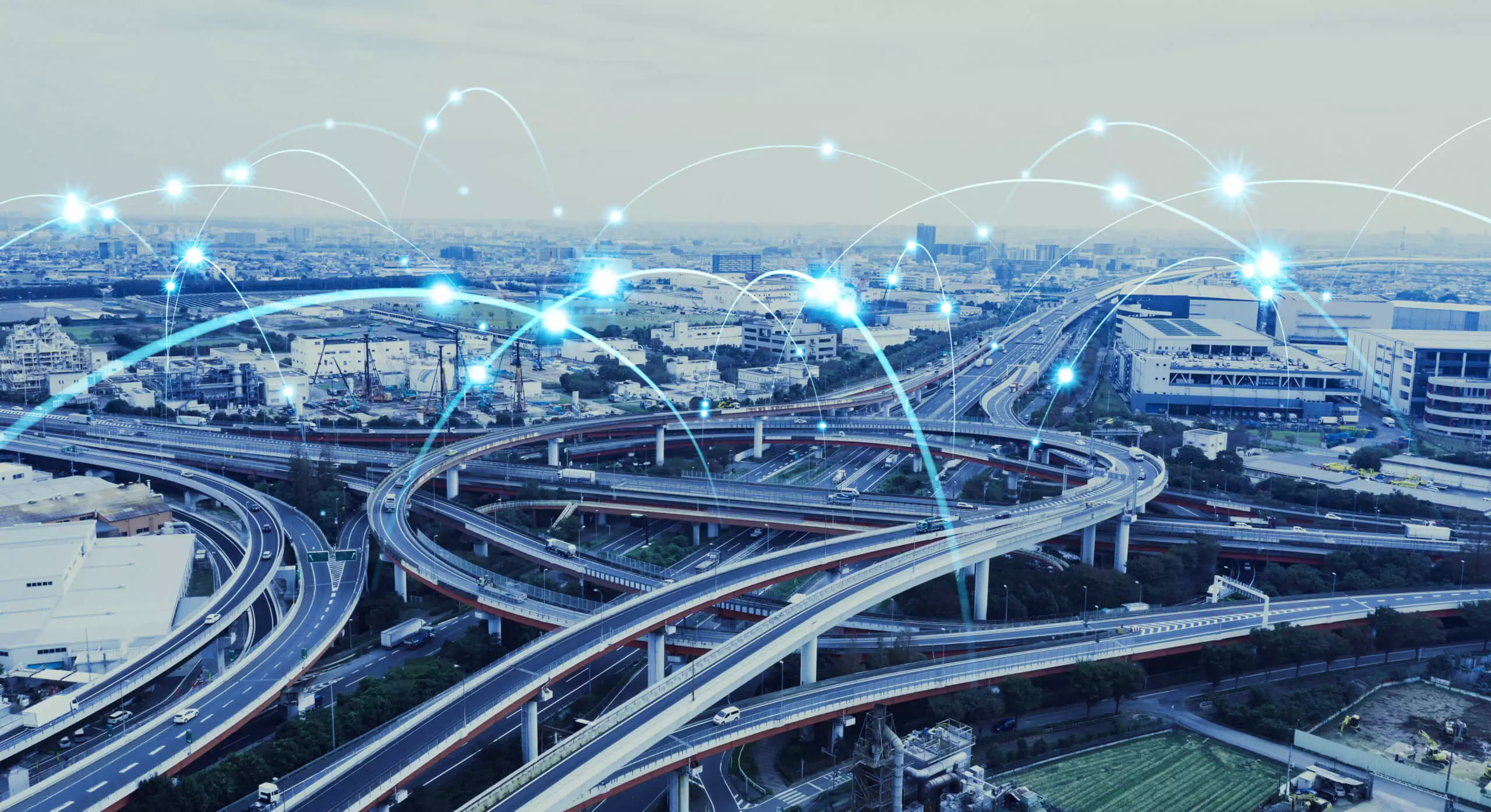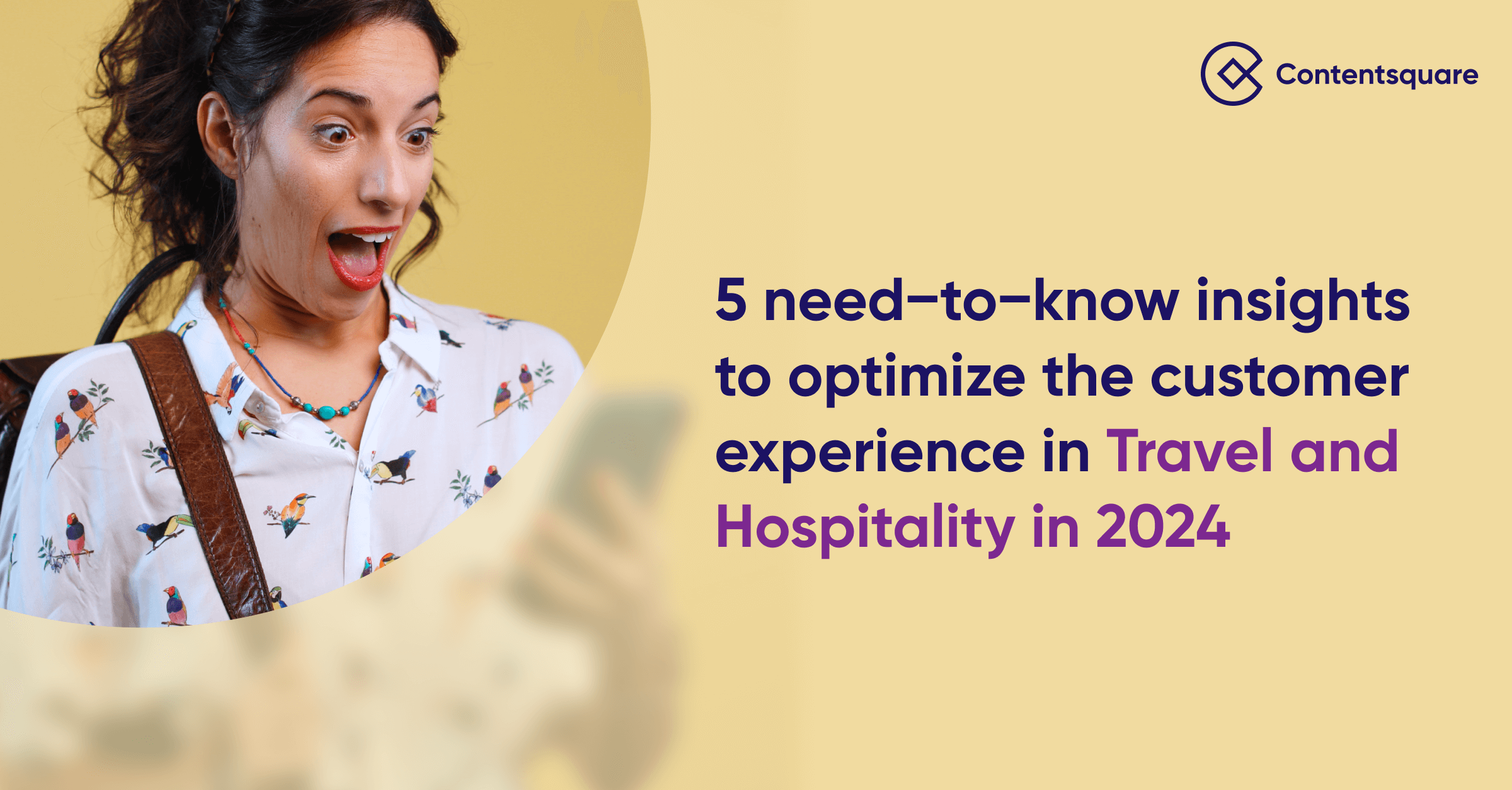Is Disruption Coming To The Auto Sector? We Quizzed Two Experts For Their Viewpoints

Our first interview is with Jérôme Jean, Digital & Regional Marketing Manager of Toyota in France. Interviewed by David Robin, Associate Director of Colombus Consulting, we learned about the automotive landscape in the digital space.
Colombus Consulting: Let’s dive straight in. What does a successful customer experience (CX) in the auto sector look like?

Jérôme Jean: It’s pretty simple: it’s an experience that is completely linear — from the search engine or website all the way to the dealership visit. These last few years, Toyota has focused heavily on digital to improve the customer journey.
It was crucial for auto manufacturers, whose distribution network has not evolved in 30 years, to become more agile. The aim was to offer a renewed buying experience with a mainly digital pre-sale journey.
We thought about how we positioned our brand and our vehicles at every touchpoint. What experience do we want our customers to have in the dealership? And today we have a new challenge: customers show up very well informed and really challenge our salespeople…
Particularly nowadays, competition is so fierce…
Yes, that’s true of other manufacturers’ eCommerce platforms, but also with pure players who have a radically different approach. There is also one thing no competitor can get around: having actual dealerships so that customers can have a live experience and “feel” the product.
So does that mean the auto sector is moving from hardware to software..?
Yes, absolutely. First of all because you need to add a digital dimension to the dealership experience, which requires having one single database — in our case, Salesforce.
The software is going to continue to evolve fast with smart cars. Tomorrow, diagnosis, preventive interventions, vehicle upgrades — all of those will happen remotely. The auto sector’s approach to marketing will shift increasingly to mobile. We will be able to offer new apps and services to make our customers’ lives easier. Manufacturers will finally connect with their customers on a daily basis.
“The auto sector’s approach to marketing will shift increasingly to mobile.”
Where are we at with online sales today?
The online retail market is gaining traction. All manufacturers, especially in England and Scandinavia, have been testing online sales of new vehicles. 2020 will be a pivotal year with the emergence of online sales platforms. The real question is: what is being sold? Selling new vehicles is the Holy Grail… except that today, the used vehicle market is much more mature. But will it work? I don’t think that online sales will dominate the market or spell the end of dealerships. In my opinion, digital will be one extra sales channel that will hopefully allow us to market to a younger customer base.

Next, our own Geoffrey Vion interviewed Brice Renvoizé, Digital & Experience Manager at SEAT Groupe Volkswagen on marketing, data and CX in the automotive sector.
Contentsquare: How did SEAT restructure to meet the digital challenges of a fast-evolving sector?
Brice Renvoizé: We transformed our digital marketing strategy 2 years ago, with a restructuring of teams based on data and customer experience. Today, our Influence division is responsible for increasing brand awareness and our Digital Customer Experience division is in charge of optimizing the customer journey. The customer journey is changing fast and we’re seeing a decline in dealership visits.

Has this changed your mission at all?
Our objective today is to prove the business value of digital, and to drive more traffic to our dealerships, which is where 100% of our sales still happen. Drive to Store is our main KPI and all our digital innovation takes into account the dealerships as a key part of the buyer journey.
The SEAT ID is an example of how our digital strategy is evolving. This unique client/prospect identifier will remove all barriers between our digital interfaces, dealerships and smart cars. It guarantees a friction-free experience in both the physical and digital world — it’s the ability to keep members in our ecosystem, which includes offering new services.
New services?
Yes, third-party services (music streaming, paying for gas…) are included in a monthly payment thanks to the connectivity revolution in the auto sector.
On the product side, we’ve already disrupted the status quo by launching a “no strings attached” car. A Netflix-type subscription where you can return/exchange your car and change your mileage — all this in an easy way, with no fees. Every last obstacle in the experience has been removed! With this level of service, we’re answering the needs of the new generation, who is more interested in usage than ownership.
Will people be buying their car online anytime soon?
No, not yet. We all still need contact with a product that remains a unique type of purchase. But digital can simplify the process: online deals with financing offers, estimates for a trade-in…
So it’s not the end of dealerships just yet… But how do they connect to digital?
We can remove the barriers between the two. We measure showroom visits that come from mobile traffic. The information shared during the experience on seat.fr. makes it easier for the vendor to understand the client.
The experience both online and offline still needs to improve thanks to considerable personalization. The key to personalization will be customer ID and data.
Can you describe your data strategy?
It helps us save on acquisition and focus instead on conversions. How? By personalizing messages depending on profiles and segments, by way of optimizing touchpoints to increase conversions. Ads we will go even further with the SEAT ID and the smart car. Today, data is used for marketing, tomorrow it will be used for business and service.
Hero image credit: SergeyBitos, Adobe Stock



